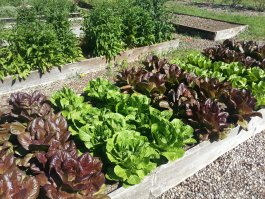
So you thought you’d just roll out of bed in July and start a garden, did you? Watch a little HGTV this weekend and decide to plant yourself a little victory garden? Considering that most veggies take 4-8 weeks to create a bounty, and the hot July sun isn’t an ideal base, you may have missed out on some opportunities for peak tomato season. But, all hope isn’t lost, because there are veggies to plant in July still, just don’t hit the snooze button again.
At this time in the year, I’d recommend forgetting the seed packets, and hitting up your local greenhouse instead, who will have a supply of partially-grown veggies to plant in July that are still viable for the zone you live in.
The 7 best veggies to plant in July no matter where you live
Speaking of zones, the weather in South Carolina is a lot different than the weather in South Dakota, so you’ll need to check on the average date of the first frost in your region or zone. In South Carolina (zone 7 and 8), that could be as late as mid-December. In South Dakota (zone 4 and 5), you could be looking at early September for your first frost. At that point, it’s just a matter of counting backwards.
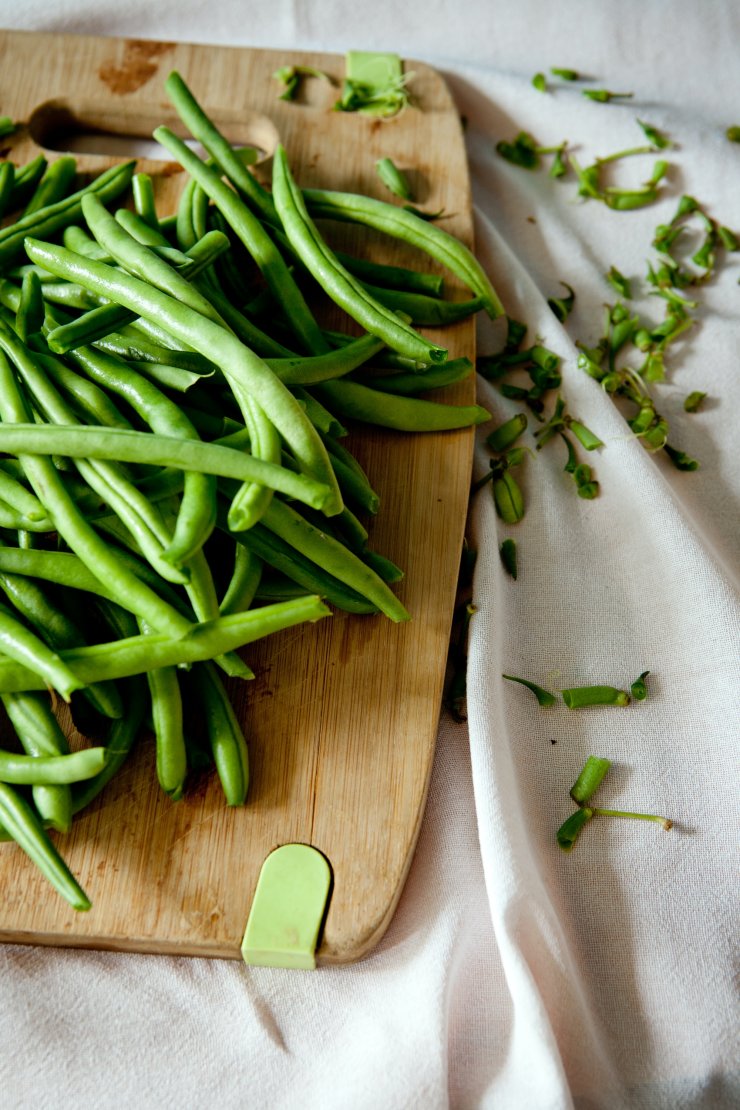
Collard greens and kale, for instance, can be ready to harvest in about 6 to 8 weeks, and they happen to enjoy a little cold weather, so you can plant this nutritious, delicious green in almost any part of the U.S. On the other hand, you should probably steer clear of tomatoes unless you live in zones 8 or 9.
Aside from kale and collards, what are some other veggies to plant in July? With a few exceptions, you can plant any of these in most zones.
1. Beans. Bush beans, or green beans, mature in about 45 days and they love to be planted in warm soil. Learn more about growing green beans.
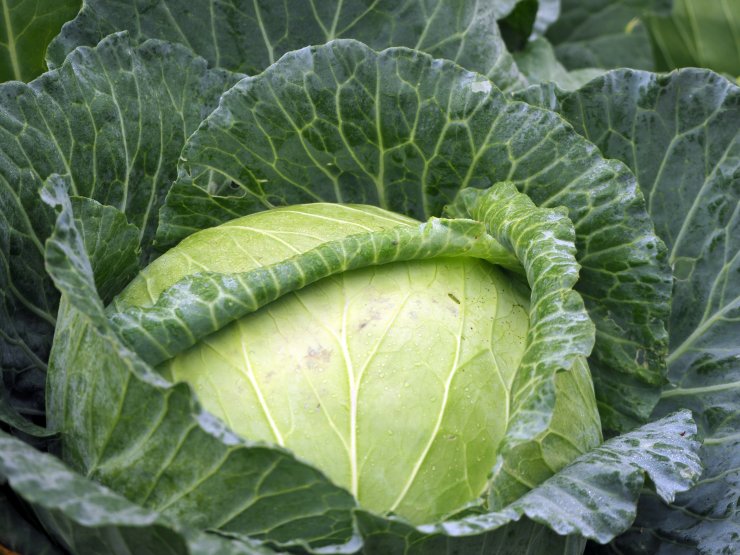
2. Cabbage. Cabbage will take a little over two months to grow, and it can be a bit picky about the soil, but the vegetable is loaded with Vitamin C, iron, folate, and potassium.
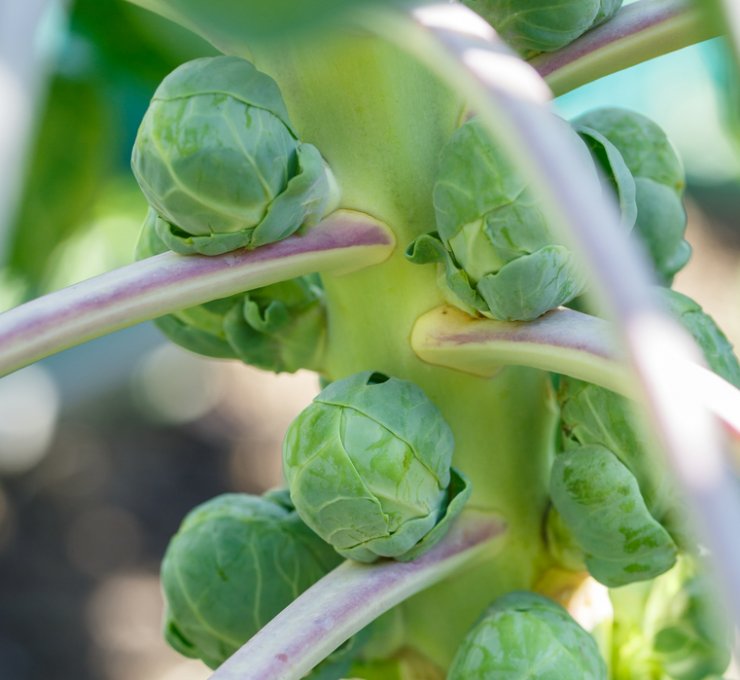
3. Brussels sprouts. Hardy Brussels sprouts can thrive in cooler temperatures. This is a slow-growing plant, but a little light frost actually sweetens up the flavor a bit. Learn more about growing brussels sprouts.
4. Lettuce. Lettuce grows quickly as long as you have a nice spot with partial shade. Plus, it’s relatively easy for beginning gardeners. Learn more about growing lettuce.
5. Mustard Greens. Like lettuce, mustard greens are pretty easy to grow, and even tolerate a light frost. They work well in the ground, in raised beds, and in containers. As a bonus, some varieties have really cool names, like Ruby Streaks, Red Giant, and Green Wave.
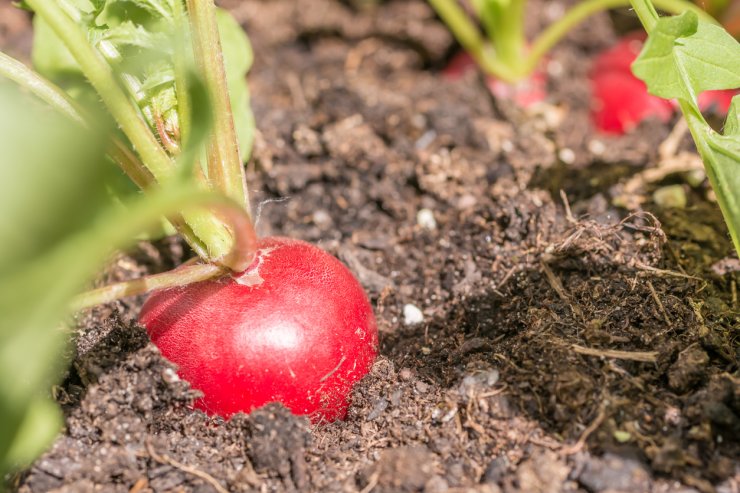
6. Radishes. Radishes may be among the world’s easiest veggies to plant in July. From seed to table, you only need three weeks, and they aren’t too picky. Learn more about growing radishes.
7. Beets. Another delightful root vegetable, beets can survive frost and even short spells of temperatures well below freezing. They are a culinary powerhouse, too. You can boil or roast them, grate them raw into salads, and the greens are wonderfully delicious. Learn more about growing beets.
Does this list of veggies to plant in July tempt you to get out into the garden? Were you hoping for tomatoes to be on the list? There’s nothing like a summer tomato, but they do like an earlier start. You may get away with planting some garden-ready tomato plants in early July if you’re in Zone 4 or less, particularly if it was a colder spring, but if not you’ll be better off buying a mostly-grown container plant from a nursery to fulfill those needs.
What vegetables have you planted in mid-summer that you would recommend? Share your experiences in the comments below.


 Previous
Previous


I live in California”s northern central valley. Most of the veggies you have mentioned do not take to planting very well in July. Now this is my experience. The soil is very warm and the cool season varieties either don’t come up, come up and get toasted by the sun, or just struggle and mope along in the ninety degree heat. My garden is in direct sunlight – the beans love it. Most of the others need to be planted in March or April.
When can I plant tomatoes for a fall garden. What else can I plant for a fall garden